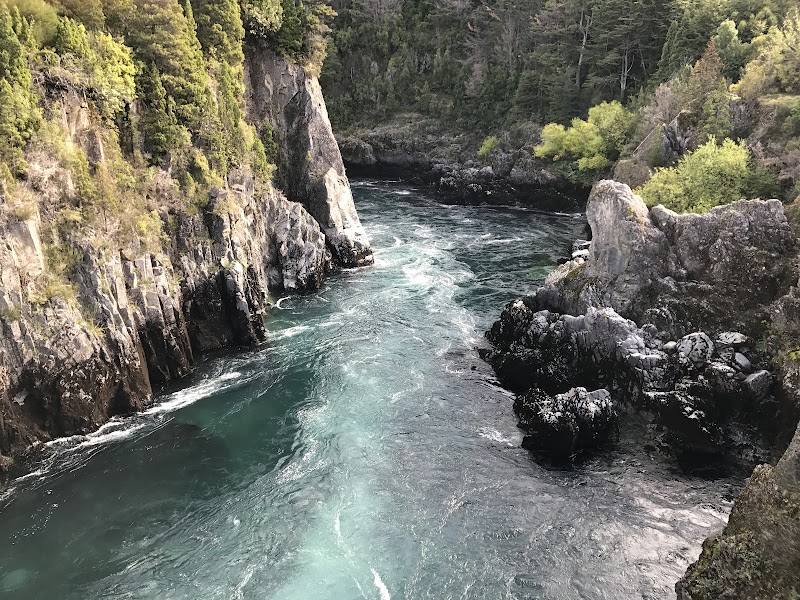
Los Alerces National Park Adventures
Los Alerces National Park protects ancient forests, glacial lakes, and rugged mountains in Argentina’s Patagonian Andes, offering exceptional hiking, fishing, and wildlife viewing opportunities.
About Los Alerces National Park

Located in the Argentine Patagonia province of Chubut, Los Alerces National Park spans over 260,000 hectares of pristine wilderness encompassing dense forests, crystal-clear lakes, and dramatic mountain landscapes. The park is renowned for its ancient Alerce trees (Fitzroya cupressoides), some of which are thousands of years old and rank among the oldest living organisms on Earth. The rugged terrain features glacial valleys, mountain peaks, and extensive waterways, including the impressive Futalaufquen and Menéndez lakes. Established in 1937 to protect this unique ecosystem, Los Alerces is part of the UNESCO World Heritage Site known as the Andean-Austral Forest. It represents a crucial corridor for native flora and fauna, including species like the endangered huemul deer, pumas, Andean condors, and a variety of fish. Visitors can explore diverse recreational opportunities such as hiking numerous trails that range from short forest walks to longer alpine routes, fishing for trout in the park’s rivers and lakes, kayaking and boating across serene waters, horseback riding, and winter snow sports. Notable landmarks include the ancient Alerce Milenario tree, the expansive Arrayanes forest, and the breathtaking views from Mirador del Valle Futalaufquen. The park's remote wilderness character combined with well-maintained visitor facilities around Esquel and Trevelin enhances its appeal for nature enthusiasts seeking both adventure and tranquility.
Highlights
Alerce Milenario – Ancient Fitzroya tree estimated to be over 3,600 years old
Futalaufquen Lake – Large glacial lake ideal for boating and fishing
Mirador del Valle Futalaufquen – Scenic overlook with panoramic Andes views
Arrayanes Forest – Rare stand of aromatic Arrayán trees with cinnamon-red bark
Notable Natural Features
Alerce Milenario
One of the world’s oldest living trees, estimated to be over 3,600 years old, representing a key conservation focus in the park.
Futalaufquen Lake
A large, deep glacier-fed lake popular for fishing, paddle sports, and scenic boat excursions.
Arrayanes Forest
Unique grove of slender, cinnamon-barked Arrayán trees that grow along lake shores, creating striking visual contrast.
